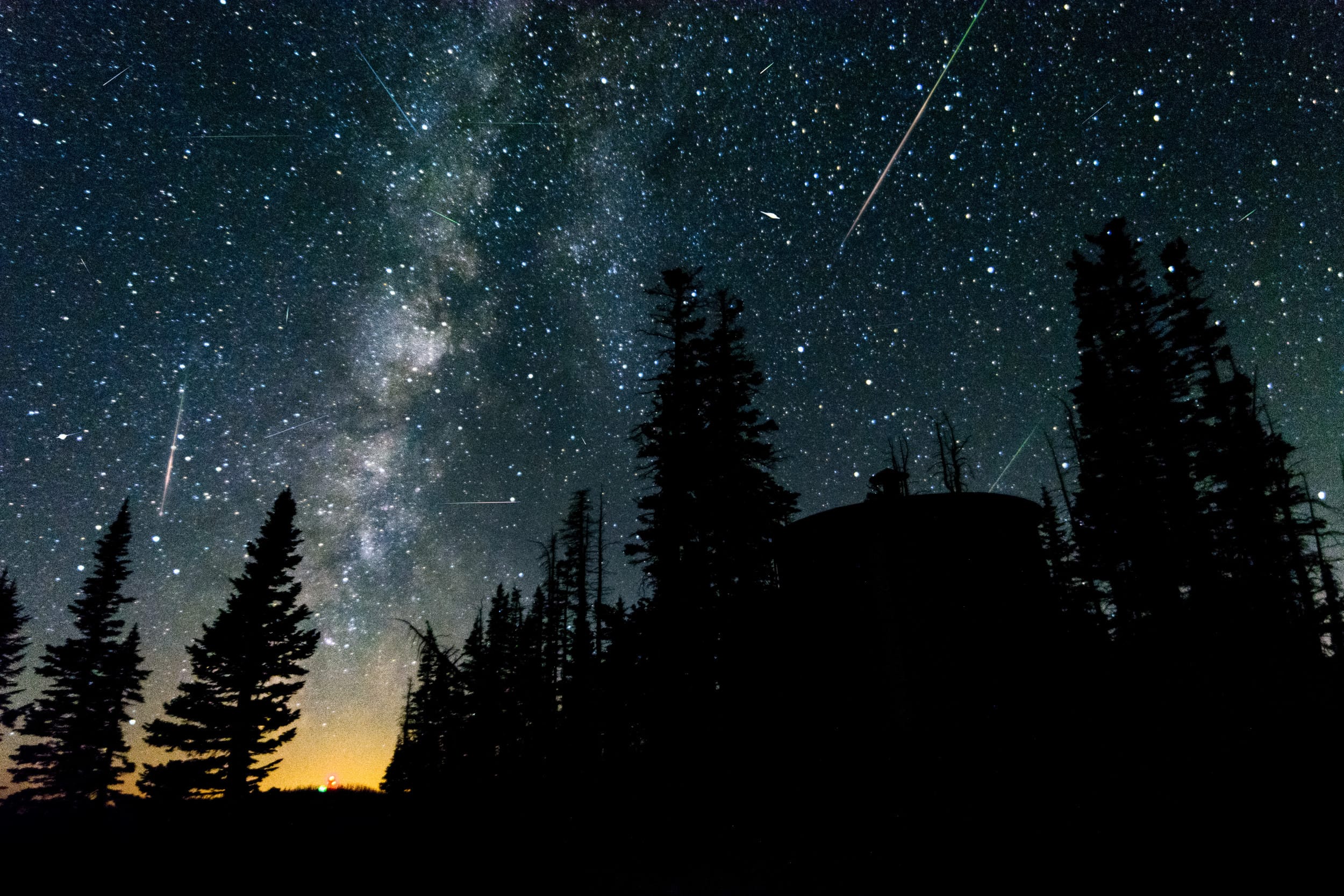In a groundbreaking celestial discovery, the European Space Agency’s (ESA) newly launched Euclid space telescope unveiled a breathtaking Einstein ring, encircling the galaxy NGC 6505. This cosmic event, observed during the preliminary testing of the telescope in September 2023, offers a rare glimpse into the gravitational interplay of galaxies and deepens our understanding of the universe’s intricate mechanics.
An Einstein ring is a luminous halo of light resulting from a phenomenon called gravitational lensing. This was predicted over a century ago by Albert Einstein in his General Theory of Relativity. When a massive galaxy or cluster of galaxies lies between a distant light source and Earth, its immense gravitational field bends light from the background objects, creating a near-perfect ring of light around the intervening galaxy. The occurrence of such phenomena highlights the immense gravitational pull of these cosmic entities and vividly showcases the bending of spacetime.
The Euclid telescope, launched in 2023, is no ordinary observatory. It is tasked with mapping one-third of the sky to enhance our understanding of dark energy and dark matter. During its early phases of operation, it managed to capture this rare phenomenon. The Einstein ring it revealed is not only visually stunning but also scientifically valuable. NGC 6505, the lensing galaxy, is located approximately 590 million light-years away—a proximity that scientists consider relatively close in cosmic terms.
“From the moment we began analyzing Euclid’s initial images, this Einstein ring emerged as an unmistakable feature,” said Bruno Altieri, Euclid Archive Scientist. With more observations of the area, what initially appeared as an indistinct anomaly crystallized into a well-formed Einstein ring. The clarity and precision of the image astonished astronomers, as such events are exceedingly rare to observe in such a refined state.
This discovery has implications that go far beyond its visual appeal. According to Conor O’Riordan, a researcher at the Max Planck Institute for Astrophysics and lead author of a forthcoming analysis, the ring offers a unique opportunity to delve into the properties of dark matter and the distribution of mass in the universe. Since gravitational lensing depends on the gravitational influence of matter (both visible and dark), studying the distortion patterns in such rings can reveal detailed information about the unseen mass surrounding cosmic structures.
Euclid’s capability to detect and study phenomena like the Einstein ring is critical in its mission to understand dark matter and the accelerated expansion of the cosmos due to dark energy. This data could also provide important clues about the fundamental mechanisms that shape the universe. With its wide-field infrared and visible-light instruments, the Euclid mission is expected to map billions of galaxies over its six-year journey. The Einstein ring around NGC 6505 is a testament to the telescope’s remarkable predictive power and precision.
Gravitational lensing also opens doors to exploring distant galaxies not observable through conventional means. The “lens” provided by galaxies such as NGC 6505 magnifies objects farther behind them. In this particular case, hidden within the curved light of the Einstein ring lies an ancient, unnamed galaxy that would have otherwise remained undetected. Such discoveries help piece together the history of galaxy formation and evolution over the universe’s timeline.
Einstein rings have long intrigued scientists because of their intricate nature, but detecting them requires cutting-edge technology and an element of serendipity. These rings do not occur naturally everywhere; their formation is contingent upon the precise alignment of the lensing galaxy, background object, and observer on Earth. The Euclid telescope’s success in capturing this Einstein ring during its trial operations bodes well for future cosmological revelations.
The discovery also reignites excitement among the scientific community about the potential for unprecedented insights the Euclid mission might yield. “Phenomena like Einstein rings are not merely cosmic spectacles; they are scientific tools,” remarked a spokesperson from ESA. These cosmic “lenses” serve as natural observatories, allowing scientists to resolve the mysteries of the distant universe in ways that no earthly telescope can achieve.
The Euclid Einstein ring is not simply an isolated marvel of observational astronomy; it represents a milestone in the quest to answer some of the most fundamental questions about our universe’s structure, composition, and ultimate fate. With each passing mission, the delicate relationship between theory and observation grows stronger, bringing the cosmos into sharper focus.
As Euclid continues its journey across the cosmos, astronomers eagerly anticipate the unveiling of more such phenomena. Each discovery reinforces the intricate and interconnected nature of the universe, where the dance of gravity and light continuously shapes what we perceive.



